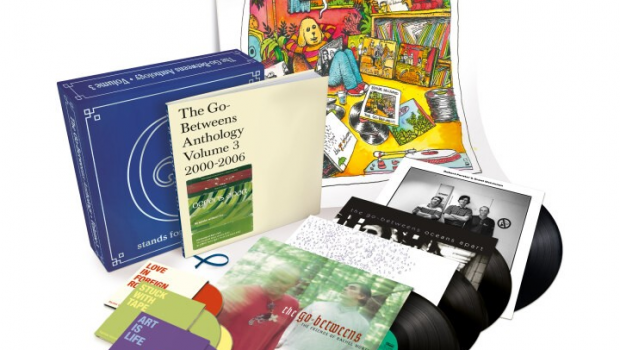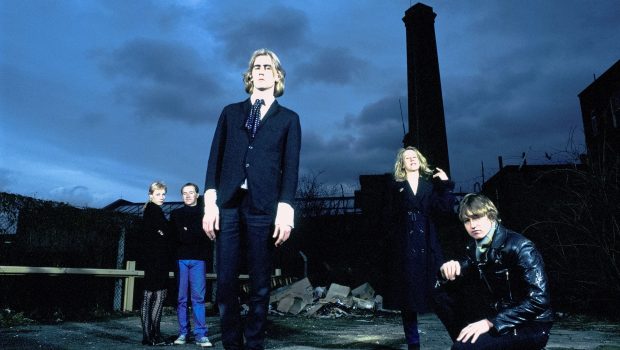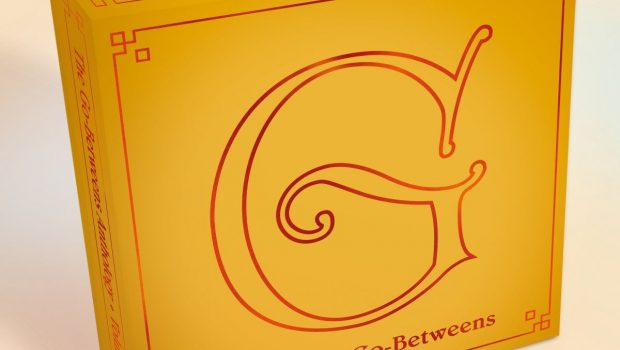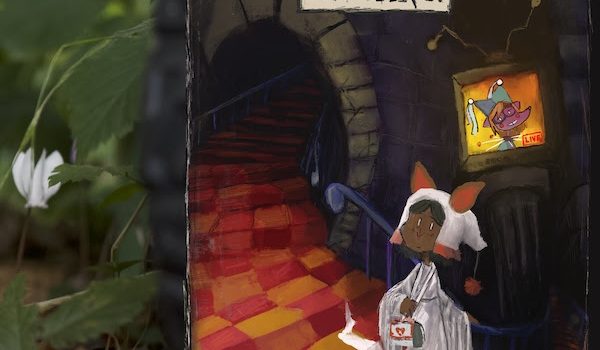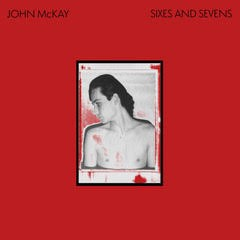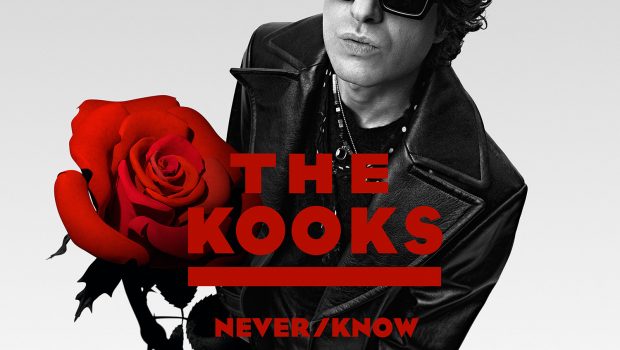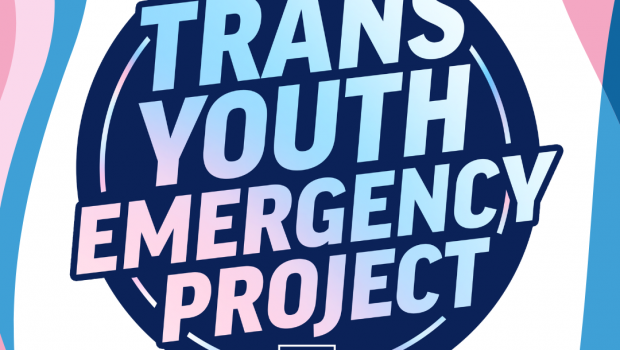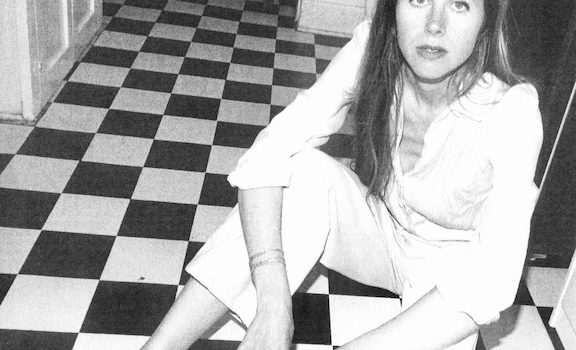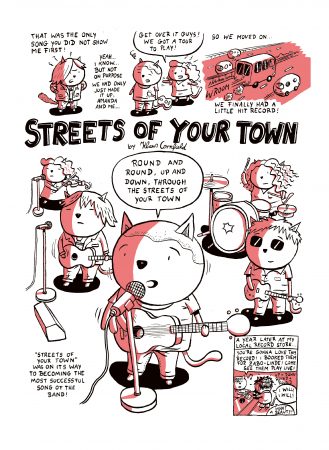 When Robert Forster and Grant McLennan announced a reunion in 1999 having split The Go-Betweens at the end of the 1980s, I greeted it like the equivalent of Lennon and McCartney getting back together. While they never achieved the commercial success that their songwriting deserved, amongst their devoted following they attained legendary status.
When Robert Forster and Grant McLennan announced a reunion in 1999 having split The Go-Betweens at the end of the 1980s, I greeted it like the equivalent of Lennon and McCartney getting back together. While they never achieved the commercial success that their songwriting deserved, amongst their devoted following they attained legendary status.
Seventeen years after McLennan’s untimely early death, ‘Thank You For A Lovely Day’ is a wonderful way to immortalise their songs in the sort of spin-off usually reserved for mega stars. It takes eleven of their most significant songs, covering the period from 1978’s ‘Karen’ through to 2005’s ‘Here Comes A City’, and interprets them in comic book style while using their lyrics to tell the story. Their songs always had an uncommonly strong sense of place and character which makes them the perfect band to be captured in this form. By having eleven different artists provide the illustrations, it is like a tribute album where various acts cover a band’s songs. The style of the artists involved are so varied that it feels like the equivalent of an album where techno can rub shoulders with folk, grime with country, classical with grindcore.
Each comic is preceded by Forster’s introductory notes about the song and a brief spiel by the artist. It begins with Forster’s ode to a librarian, ‘Karen’, which he describes as the first great song he wrote. Disappointingly, Philipp Waechter incorrectly refers to New Zealand band The Chills as Australian in his notes but it is the only error I spotted in the publication. However, his comic style is appealing, black and white drawings capturing a ragged student Forster, all stubble, straggly hair and dishevelled looks.
In contrast, illustrator Katharina Kuhlenkampff who takes on ‘Lee Remick’ has a much more ornate but surrealist style apparent from the opening panel of a film poster with the actor in expansive frock and champagne glass being hoisted aloft. Forster admits the lyric contains an untruth in stating that she was from Ireland whereas he later discovered she hailed from Quincy, Massachusetts.
Matthias Lehmann’s interpretation of ‘Right Here’ has full colour panels, being reminiscent of a cross between Watchmen and anime, giving it a widescreen expansiveness.
Forster tells of how ‘The Clarke Sisters’ was inspired by a feminist bookstore down the road from where he was living in Islington and acknowledges that books may have influenced his songwriting more than music. Bim Eriksson’s close-ups of the sisters’ faces makes her an ideal candidate for this song.
Christopher Tauber’s take on ‘Bye Bye Pride’ is fascinating, starting with a text message, a technology that would not have been available when the song was released in 1987. The song lyrics appearing on video cassette spines and TV screens would have been totally on-brand for the cineaste McLennan. ‘Love Goes On’, the first song with love in the title released the Go-Betweens ten years into their career, is charmingly captured by Noah Van Sciver with all the characters as cats.
Forster sets out the reasons ‘Streets of your Town’ could be set in Sydney or Brisbane but suggests that the mischievous McLennon might say, ‘no, it’s set in Mexico’. Klaus Cornfield crams so much into his storyline. There are panels showing The Go-Betweens performing live, illustrations that reflect the lyrics and adventures for his own band, Throw That Beat in the Garbagecan. His distinctive style having all characters short, round and cuddly suits his thank you to the band. As the narrative to The Go-Betweens has focussed extensively on the Forster and McLennan songwriting partnership, it is good to see his acknowledgement of Lindy Morrison’s drumming, an essential element of the band’s 1980s incarnation.
‘German Farmhouse’ brings reminiscences from Forster of moving into a house in rural Bavaria with Karin, enjoying the seclusion after years of travelling the world’s cities with the band. Ironically, Oska Wald brings to it a busy style with lots of small, detailed panels. Leif Gütschow & Luka Lenzin render ‘Too Much of One Thing’ as a ballad of the Go-Betweens, making the band’s individuals recognisable despite using a style that gives faces a long snout and celebrates Forster’s dress wearing period.
In the preamble to ‘Here Comes A City’, Forster outlines the origins of the song’s noteworthy Dostoevsky reference. Sarah Lippett’s is the only lyric-free interpretation, letting her illustrations tell the story.
As a project, ‘Thank You For A Lovely Day’ makes a splendid addition to Go-Betweens completists collections, adding a fresh take on the familiar narratives of their songs.
Thank You For A Lovely Day – Published 9th June 2023 (Ventil Verlag)
